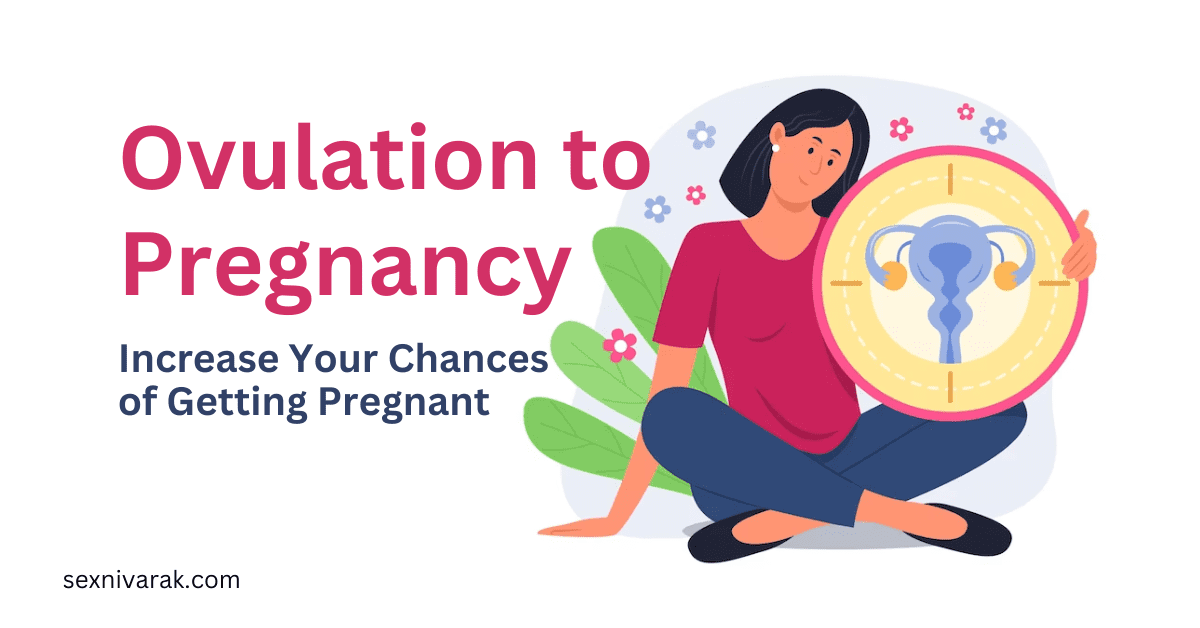From ovulation to pregnancy, a woman’s body undergoes various changes. These changes can vary from mild to significant and should be monitored closely by the woman and her doctor.
Knowing your fertility status is a vital step in understanding your reproductive health and being able to plan for a baby. This can help you determine when is the right time to conceive.
It can also help you identify any potential fertility problems that may be standing in the way of conception. Additionally, keeping note of your fertility status can assist you in making form decisions about your reproductive health and addressing any issues that arise.
Having a baby can be one of the most exciting experiences in life, but it’s important to make sure that your body is ready for conception first. With a simple fertility test and knowledge about female fertility cycles, you can increase your chances of conceiving successfully.
Ovulation to Pregnancy: 3 Tips to Maximize Your Chances of Getting Pregnant
Ovulation plays an important role in fertility and understanding the signs of ovulation can help you maximize your chances of getting pregnant.

1. Understand Your Monthly Period Cycles
Noticing your menstrual cycle improves your chance of getting pregnant and knowing your fertility status. The first phase begins at the start of your period. This stage is known as the follicular stage.
Hormones like follicle-stimulating hormone (FSH) are released by your body to start causing the eggs inside your ovaries to grow.
Between days 2 and 14, these same hormones also help thicken the lining of the uterus to prepare it for the fertilized egg. After the follicular stage is complete, the egg is released and the luteal stage begins.
2. Timing is a Game Changer
In each monthly cycle, 1 egg is generally released from the ovaries, which travels through one of the two fallopian tubes that attach the ovaries to the uterus. Women are born with about 1-2 million eggs, but only release 300-400 over their lifetimes.
If the timing is just right, the sperm will fertilize on its way to the uterus. The egg dissolves if fertilization does not happen within 24hrs of the egg releasing from the ovary.
It will be beneficial for you and your spouse to know when you are most likely to become pregnant if you are aware of your ovulation date. From ovulation to pregnancy, sperm only lasts for 3 to 5 days. Knowing your ovulation date can therefore give you a better idea of when you are most likely to conceive, allowing you to plan better and make informed decisions.
3. Track Ovulation
If you’re trying to get pregnant, identifying ovulation symptoms like changes in vaginal discharge, ovulation pain, or even body temperature can assist you in conceiving. This is the ideal time for fertilization to occur, as it is the only time the egg is available for the sperm to fertilize. You are pregnant if the egg is fertilized and successfully implanted.
To ensure precise timing, it is necessary to track your prime ovulating days. For that you can use:
a) Ovulation predicting kit
An ovulation predictor kit is a device that helps women track their fertility status or ovulation cycle. It usually comes with a calendar and sticks that change color to indicate when ovulation is likely to occur.
The sticks detect the presence of the luteinizing hormone (LH) in a woman’s urine. When the LH level is higher than normal, it usually means that ovulation will occur within the next 24 to 48 hours.
b) Standard calendar days method
The Standard Calendar Days Method is a method of tracking ovulation by counting the days in a woman’s menstrual cycle.
It involves tracking the first day of a woman’s period and then counting forward for twelve to sixteen days to determine when ovulation is likely to occur. This method is especially useful for women who have a regular menstrual cycle. Since it provides a consistent way to monitor small details from ovulation to pregnancy. This will eventually increase the chances of successful conception.
c) Mobile apps to track your fertility
When you search for fertility tracking apps, you’ll probably find tons of options, many of which aren’t free. However, there are some free fertility tracking apps available that provide just as much value as their paid counterparts. Some of these apps are:
- Clue Period and Cycle Tracker
- Flo Period and Ovulation Tracker (best for people with irregular periods)
- Glow
- Ovia Fertility and Cycle Tracker
You can use your smartphone or tablet to download a fertility app. This will assist you in planning or preventing pregnancy, as well as keeping track of your menstrual cycle or fertility status from the time of ovulation to pregnancy.
When you enter details such as your period start date, basal body temperature, bleeding notes, and cervical mucus, you will receive detailed data about where you are in your cycle and when trying to conceive. This data can provide valuable insights to help you determine the right time to try for a baby.
Conclusion
It is useful to know your fertility status from ovulation to pregnancy in order to plan ahead and make an informed decision about whether or not to consider fertility treatments. This can help you determine your chances of becoming pregnant naturally or with assistance by assessing your fertility status. Ovulation tracking can also help you understand how your age, lifestyle factors, and health status may affect your fertility.


